
This acorn is growing on Pedunculate Oak (Quercus robur). Acorns are rich in nutrients, and not only do mighty oak trees grow from acorns, but so do the various birds, mammals, insects and other animals which rely on them throughout the season.

Philoscia muscorum has a dark stripe along the centre of its back. One of the ‘famous 5’ very common British species of woodlouse most likely to be seen.

Seen all year round, it forages for dead organic matter on which it feeds during the cover of night, hiding under stones, bark or logs during the day.

Woodlice can be quite a challenge to photo, not just because of their small size, but because they generally run off and hide again when disturbed. The camera flash can be problematic, too, for it tends to bounce off the shiny surface of the exoskeleton expressing ugly highlights. A diffuser helps, but control of the light can still be a challenge. To add, narrowing the aperture to around f/36 to get as much detail as possible means flash is essential. You are also outside of the ‘sweet spot’ for sharpness, but all depends on your lens and camera, too. And without a tripod, a steady hand is needed, so bracing on ‘anything’ using ‘everything’ is key.

Equipment: Nikon D7200 with Sigma 105 mm macro lens and Raynox 250 convertor lens. Nikon Speedlight with plastic direct fitting diffuser and fabric diffuser on lens. Hand held. Settings: f/36. 1/160 sec. ISO-320. A little post-processing applied.
Harlequin Ladybird (Harmonia axyridis forma spectabilis) – As the land prepares for the winter slumber with October bedding in, the milder weather is keeping some indviduals away from their hibernation. It almost appears like spring has come early, with some spring flowering plants bursting into bloom. The world is so confused in more ways than one.

Odiellus spinosus – Its been a good year for harvestmen, and I have seen quite a few different species around, but I haven’t seen this one in the garden for some years now. This one has 3 distinct horns of similar length which, together, is called a ‘trident’, and has a dark oulined ‘saddle’ on its abdomen which ends short, combined these are diagnostic features. Notably it has short to medium legs compared to other species of harvestmen. A fierce hunter which prays on other invertebrates, and is found around human habitation like outbuidlings, gardens and houses.



Lithobius (Lithobius) variegatus – This is a fairly large centipede growing up to 30 mm (1 1/4 in) long. It hides during the day under bark, stones, rotting logs or decaying vegetation, emerging at night to hunt other invertebrates by injecting them with venom. Found mainly in rural areas in woodland and moorland.


Well not quite – it is an Oribatid mite found in soil under a clay flower pot. They are also called Beetle Mites or Moss Mites. The order Oribatida has species which range from 0.2 mm long to 1.4 mm (1/128 in to around 1/16 in) long … and this is somewhere inbetween.
These very small mites occur in soil and humus, and occasionally on tree trunks and foliage. They are mostly harmless and play a role in breaking down organic matter. Amongst the most numerous soil arthropods, these mites are important in the development of soil fertility.
This one is so well polished you can almost see my reflection in it.



The 1000th species to be added to this site was only discovered yesterday in my back garden, and it not only introduces this new species but also a new order of insects which I haven’t featured before – the Psocoptera.
This order includes the barklice and the booklice, and in some quarters prefer to be called barkflies. They are quite small insects ranging from 1.5-7 mm long, and can be confused with psyllids, jumping plant lice, which do what the names says and jumps when disturbed, where as barklice don’t jump. The reference to ‘lice’ is a bit of a misnomer as they are not parasitic but free-living insects.
Barklice feed on various ‘microflora (algae such as Pleurococcus, lichens and fungi) or on more general organic matter which often occurs on surfaces of bark or the foliage of trees. Not all barklice are associated with trees, as some are found in low vegetation, leaf litter and under stones. Some species are fully winged, and some are only partially winged or wingless.
There are around 4,400 psocid species worldwide, 1,000 in Europe, and 100 in Britain, and many go unoticed and unrecorded, although most every tree is likey a home to them. 68 of these species come under the barklice or barkflies umbrella which are found outdoors, and the remaining booklice are found indoors. These are wingless and grow up to around 2 mm long. They are most commonly found in human dwellings and warehouses where they feed on stored grain, book bindings, wallpaper paste and other starchy products, and on the minute traces of mould found in old books. They can sometimes cause damage to stored museum collections of insects and plants. A few Psocoptera live in bird nests feeding on feathers and dead skin cells.
Psocoptera are regarded as one of the most primitive amongst insects, as their mouth parts show little modification from those of the earliest known fossils.
Valenzuela flavidus – At around 3 mm (1/8 in) long, this is quite an attractive species with pale yellow colouring and distinct brown markings. During summer and autumn it is mainly found on branches of deciduous trees and bushes, though occasionally also on conifers and evergreen branches. During winter and spring it is found in leaf litter.
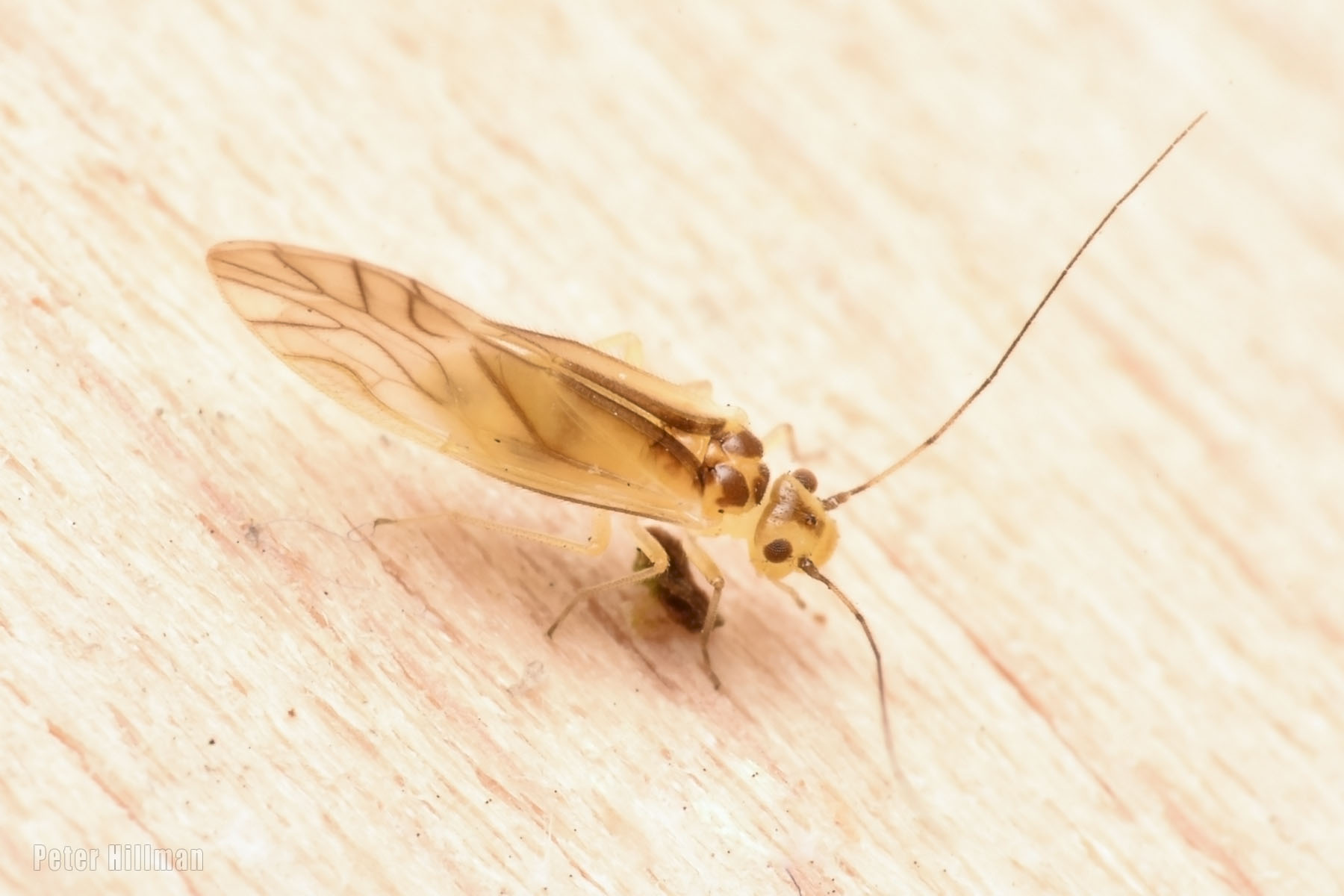
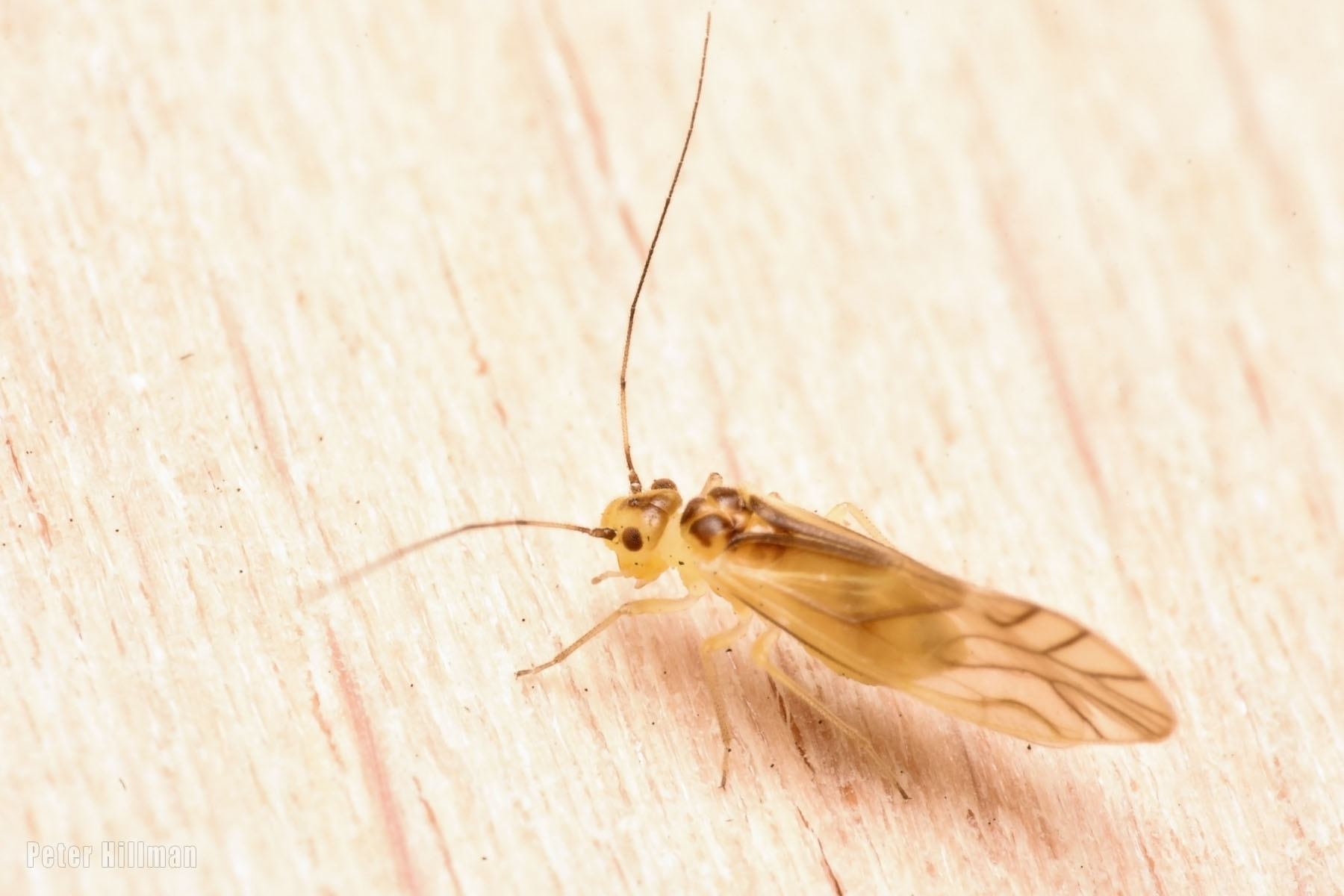
I have now recorded 999 species on this website, from plants to animals, fungi and even a cyanobacterium. I have stopped short of making this post ‘1000’ as the 999th species convinced me to use it as a marker milestone. Not surprising it happens to be an invertebrate, an arthropod, and an insect at that.
Attactagenus plumbeus is a member of the Curculionidae family which make up the weevils. What is so special about this species apart from its own uniqueness is is scarcity. Data gleamed from the NBN Atlas shows only 96 records between 1990 and 2020, and 151 records in total from 1890. The British nature conservation status is Nationally Notable B (species found in between 31 and 100 hectads – 10 km x 10 km square), making it nationally scarce. There are only 4 records for 2020, and 1 of these is mine. Native to Britain, not surprisingly it is very localised with a few scattered records across England and Wales, except the south-east of England, and is absent from Scotland and Ireland. It feeds on plants from the Fabaceae family, including species of vetch and broom, and is found in fields and meadows where the host plants can be found.


Zebra Spider (Salticus scenicus)
I am sure it thought that if it couldn’t see me I couldn’t see it. Its larger frontal eyes are tucked under the moss. It seems to have been a very good year for these. More of them around, and larger, too, so getting a good diet.

Chrysolina americana
This attractive beetle is from a family called Chrysomelidae the leaf beetles. It is a fairly recent newomer to Britain, introduced in the 1990s and now established in most of England and Wales, and still expanding its range. It is considered a pest of Rosemary, Lavender, Sage, Thyme and similar plants, both the adult and the larva feeding on the foliage. It is the first time I have seen it here, and will have to see if it is a ‘pest’ as such. It is 6.7-8 mm long. The adults can be seen throughout the year, even during winter.


… and Putting It back Together Again
If you could lift the edge of a woodland floor and roll it back like a carpet you would find a dense web of fungal mycelium. But peeling back a small strip of loose bark on a dead tree is a lot easier, but the pinciple is very similar. All the goodness is being drawn from the dead wood and then transformed into life boosting nutrients which the living plants and trees need to survive, and at the same time is sustaining the fungi. It is the perfect relationship, and a wonder of nature. All this goes on right under our feet 24/7, and most of us are not even aware of it. The web of life reaches out to us all, and sustains us, too.

Cylindroiulus punctatus (Leach, 1815)
4 images here portaying this millipede. Growing up to a length of 25 mm (1 in), it has rows of dark spots along its sides. It spends part of its life cycle living in leaf litter, and the rest in rotting wood. Feeding on dead plant matter, it helps with recycling to great effect. It is fairly common and widespread throughout Britain, and is found in woodland and gardens. Double-click images to enlarge.



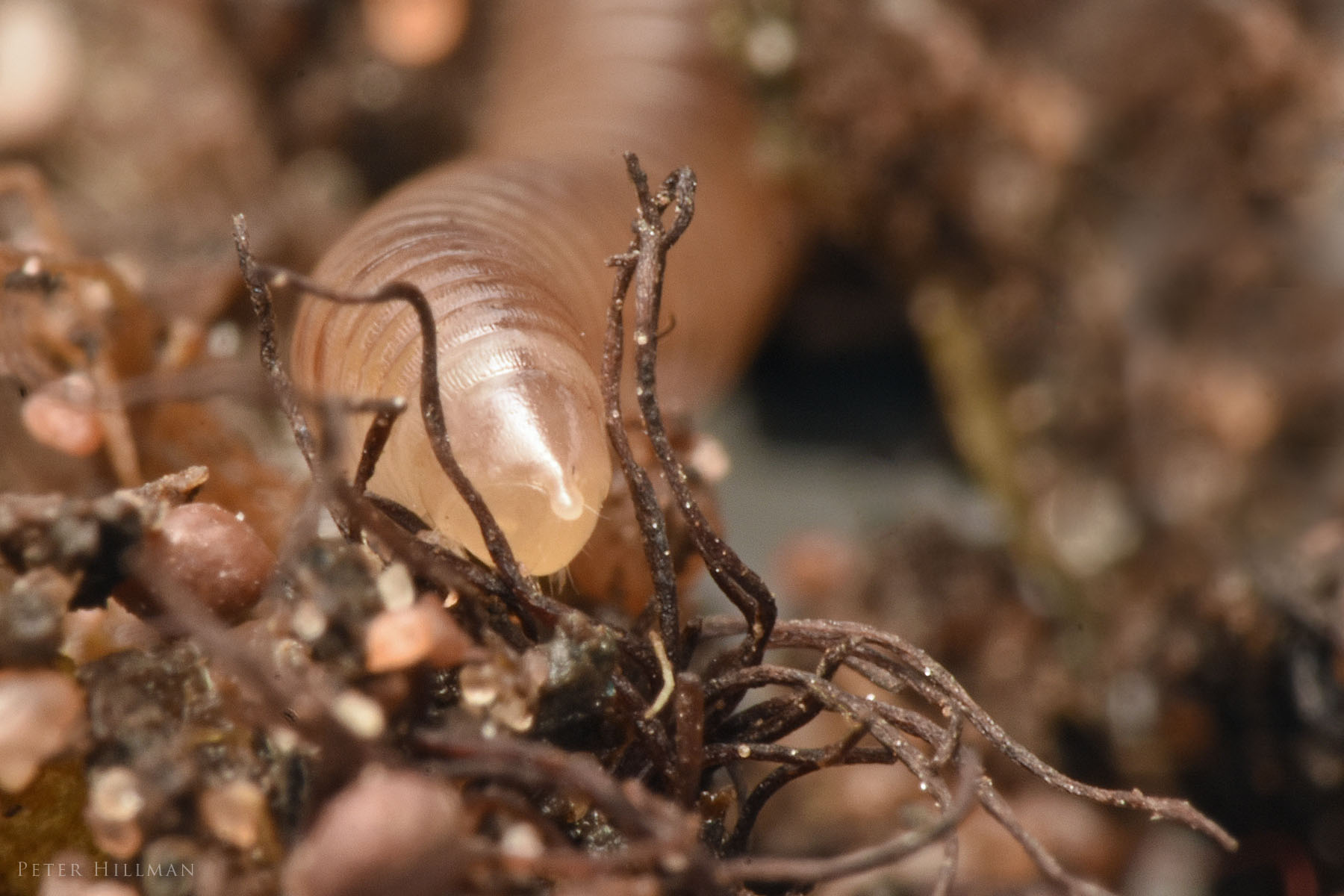
Striped Millipede Ommatoiulus sabulosus
This is one of Britain’s largest millipedes, and it has to be one of it’s most attractive. Growing up to around 30 mm (1 3/16 in) long, it is very well marked and unmistakable with 2 conspicuous deep orange stripes running the entire length of the body. I discovered it under a detatched piece of bark in my local wood. It feeds on dead and decaying plant material, and can sometimes be found on tree trunks and walls, or under logs in a broad range of habitats including, woodland and meadows, with a preference for sandy soil.


Using the ‘classic’ Gutenberg ‘block’ to add images I have discovered that you can frame them, and you don’t get that landing page with the adverts either, so you should be able to double-click to zoom in without the added fuss.
Enoplognatha ovata – This spider comes in 3 flavors … well not quite flavours but forms or ‘morphs’. Not quite faces either, but opisthosomas or abdomens. Form lineata is creamy-yellow with black dots, form redimita is also creamy-yellow but with two broad red stripes and lines of black dots, and finally form ovata has a single broad red band and black spots. Sometimes the black dots may be abscent in all forms. After mating the female folds a leaf, usually bramble or nettle, and deposits a single egg sac inside and guards it. In my green recyling bin, where I tend to find them, they deposit the egg sac in a corner. With the lid down I suppose it offers some protection.



White-lipped Snail (Cepaea hortensis) – Storm Francis is battering us here in the UK, and after the rain had stopped and with the sun coming out briefly, I popped outside and came across this little one on the side of my planter. Not everyones favourite, I know, but they have a beauty of their very own in colour and form. You do have to zoom in to see what I mean. I believe this one was eating algae or lichen.

Life can be downright strange at times, full of odd coincidences and weird synchronicities. Well early this morning I was revamping one of my spider pages on this site which happened to be Platnickina tincta, and then a couple of hours later there was a knock on the door and a delivery driver with a parcel in his hand was stood before me. I thought, Have I ordered anything from Amazon recently? I don’t think I have? Then I started thinking he got the wrong address, but my name and address was on the label. My mind racing a bit, still wondering whether I had ordered anything, or ordered anything by mistake, because there is no signing anymore due to Covid-19, the guy placed the parcel on my door threshold and photographed it as evidence of delivery. Anyway, I opened the parcel and low and behold it was a book on spiders which I hadn’t ordered? Then the penny finally dropped! It was the second edition of Britain’s Spiders, a comprehensive revised guide covering all of Brtain’s 38 spider families, 404 species, with over 900 photos. And one of my photos was in there, after one of the authors, a professor, contacted me through this blog back in May, asking for permission to use it, and this was a complimentary copy. And you may have guessed it already, but the spider in question was Platnickina tincta which I took back in 2018. This is the 2nd time I have had one of my photos printed in a book, so you can imagine how excited I am 🙂



Common Earwig (Forficula auricularia) – The title is not a misspelling, but it is from Old English meaning ‘one that wiggles in your ear’. These slender insects do love to crawl into small dark crevices, so somebody sleeping on the ground may indeed have the unpleasant occasion to have one wiggle in one’s ear, but it is surely a myth that they burrow through the ear drum to lay their eggs in your brain! Those pincers at the rear look rather nasty, but they are mainly used in courtship and defence. Earwigs appear to be virtually wingless, but the hind wings are partly concealed beneath the outer, modified forewings. They in fact rarely fly. They feed on almost anything, from various plant material to aphids and other small insects, and scavenge from dead matter. Best keep your ears plugged when lying on the ground, if you happen to do so.

Daddy Long-legs Spider Pholcus phalangioides
I always have these in the sheds, and garage, and they will also appear in the house. I leave them be in the sheds beacause they are not hurting anyone there or causing any bother, but in the house they have to go outside. If you do see one of these and get too close to it whilst it is dangling upside down in its web it will vibrate quite madly, a way of confusing and putting off predators. It is non-native to Britain, most likely arriving here in imported goods, but it has now become well-established over the past 30 odd years.
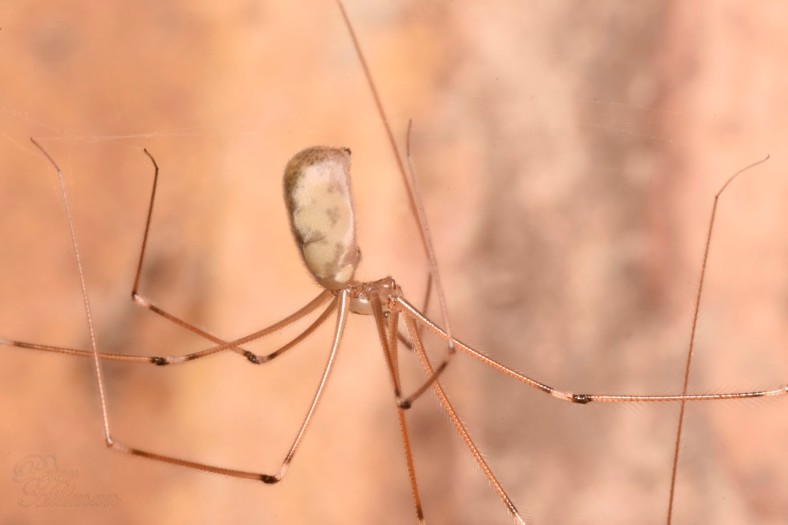
I keep some pieces of tree bark in an area of the garden, along with a few branches, which help to give shelter to animals. Occasionally I peer underneath. I know these slimy critters aren’t to everybodies taste, but they all play their role in keeping nature’s balance, and are little wonders in themselves. The trio of Common Chrysalis Snails in the top image are around 4.4 mm (1/4 in) long, and the Discus Snail in the last image is a little bigger at 7 mm in diameter. Iberian Three-band Slug centre looks to be a young juvenile.



Rhyzobius chrysomeloides – Yes, believe it or not, not al ladybirds are brightly coloured and have spots, some can be quite inconspicuous like this one. It is small, very small, at 2.5-3.5 mm (about 1/8 in) long. It is a fairly recent discovery, first found in Britain as recently as 1996, on a pine tree on a motorway embankment in Surrey. It has been steadily spreading northwards ever since.

Around teatime today around a dozen Goldfinches flocked around my bird feeder, something I have never seen before, as I normally get 2 or 3 of them visit. This young one decided to have a look at my pond and came face-to-stony-face with this fellow. In the end it must have thought all was okay and decided to have a brief swim.


Large Rose Sawfly (Arge pagana)
If you check your roses now you might find these gregariously chomping away on the leaves. It is possibly one of 2 species of sawfly Arge pagana or Arge ochropus, and it is hard to tell which in the early instar stage. But if you can find the original egg scar on the stem you will know what species it is for sure. If it has a double row of cells it is Arge pagana, and a single row determines Arge ochropus. From my own past experience, unless you get a whole army of these chomping larvae they won’t seriously damage your rose. Sometimes the birds will grab them for protein.


Wood-carving Leafcutter Bee (Megachile ligniseca) – I adapted an old bird box into a bee hotel about a year ago, and I am quite pleased we are now taking in guests. And I am very pleased to see this species, which is fairly uncommon, with only 2 sightings recorded in South Staffordshire. It typically nests in dead wood, including old fence posts, and sometimes in cavities of man-made items including bee hotels. In the last 2 images one of them shows the final finished stopping of the cavity, where one egg has been planted towards the back, stocked with pollen and nectar for the larva to feed on when it hatches. It will spend winter in there all snug with a full larder. The last image shows crabapple leaves where the female bee has been harvesting the leaves. Look how perfectly she cuts them. Today she was working on a 3rd tube. How busy and industrious is she? And all in 30 degree+ heat!





Simocephalus vetulus – I really needed a microscope to capture this very peculiar freshwater life form, so apologies in advance as this is not as clear as some of my other images, as I was really trying to attempt the impossile with a camera, and handheld to add. But I wanted to show you something you may have not seen before.
This semi-transparent microscopic organism is actually a crustacean, which also includes crabs and lobsters. It feeds by filtering small phytoplankton (microscopic marine algae) species from the surrounding water. It is found in freshwater environments like small ponds, ditches, and canals. It is known as an early colonist of newly constructed ponds, or after disturbances in established water bodies.

I have now photographed and uploaded 500 different species of insect to this site. Try to take in these facts about insects, they are quite astounding to comprehend:
So there we have it: The Earth belongs to the insects. And they will be around long after we have gone on our way. So enough text … and now for some photos I have taken of these amazing and most fascinating six-legged creatures:
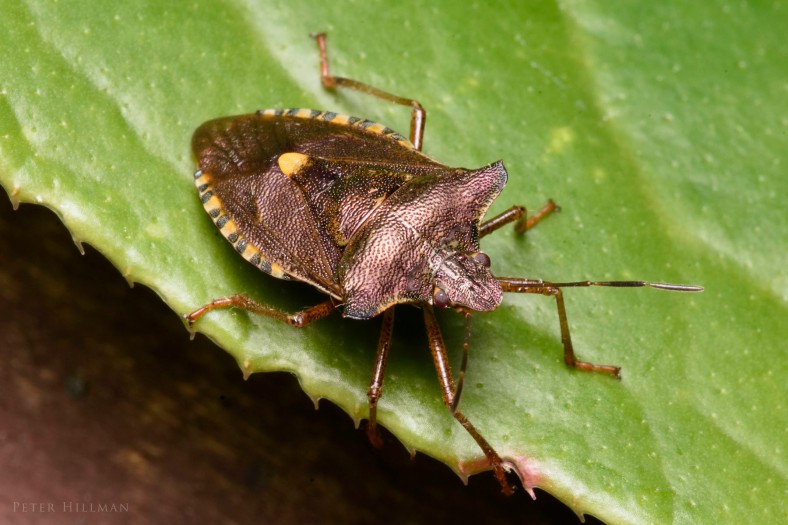
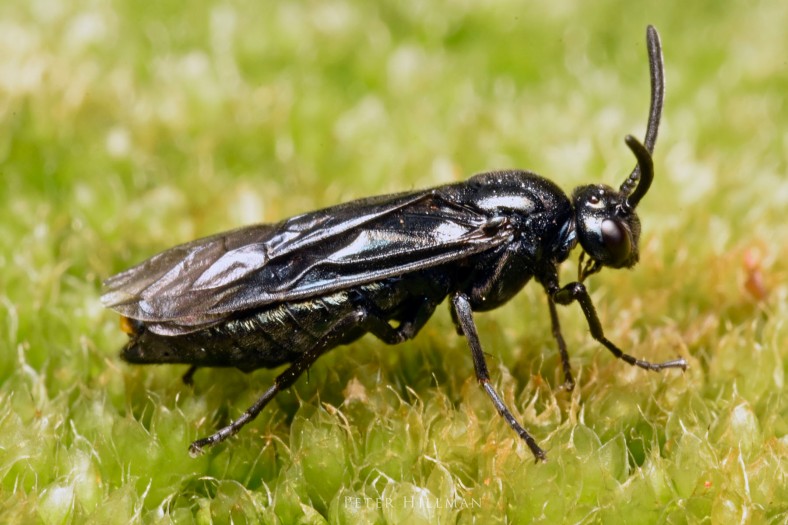
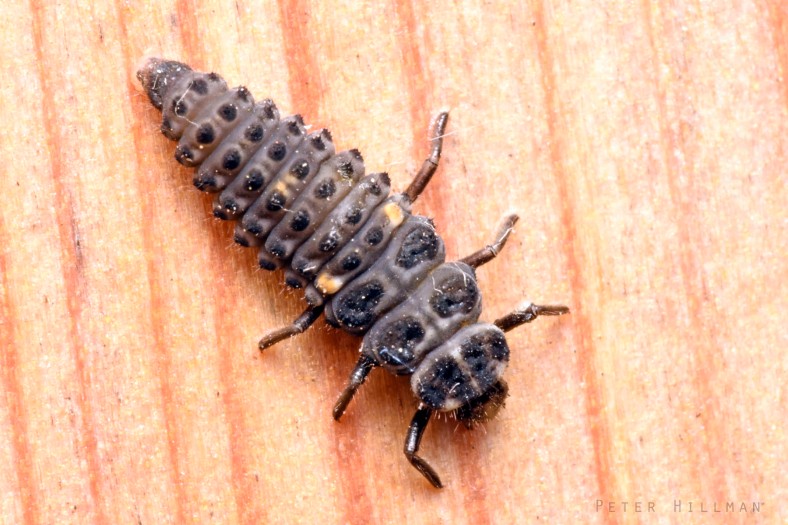

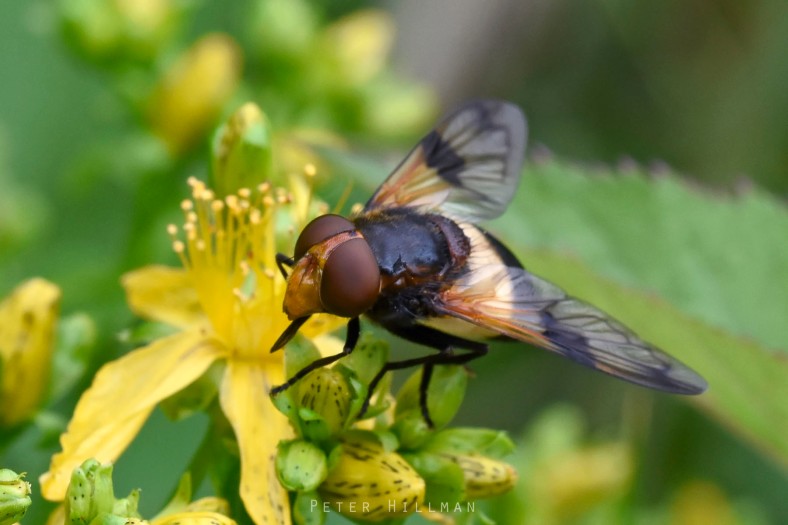
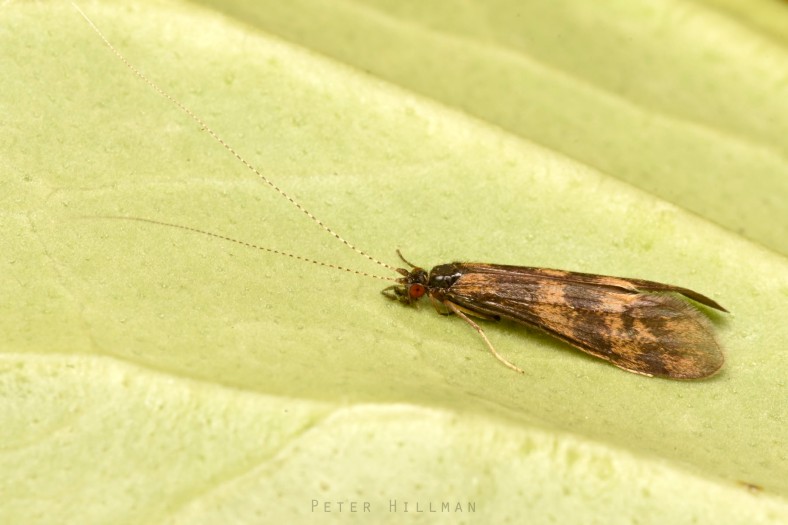
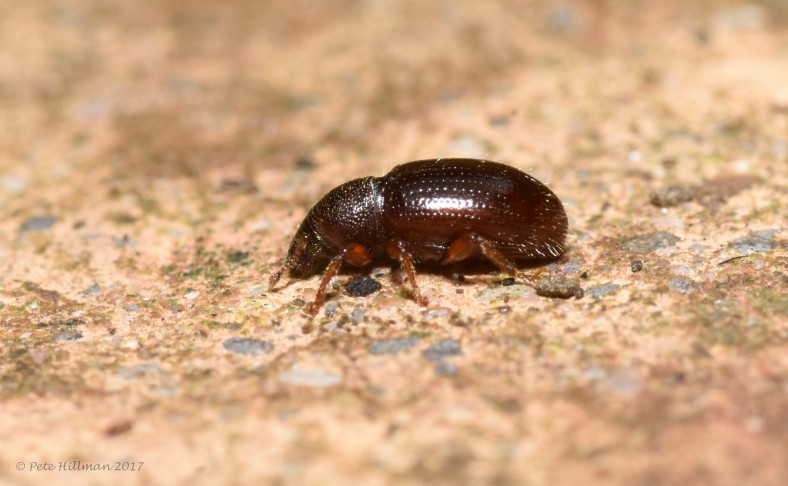
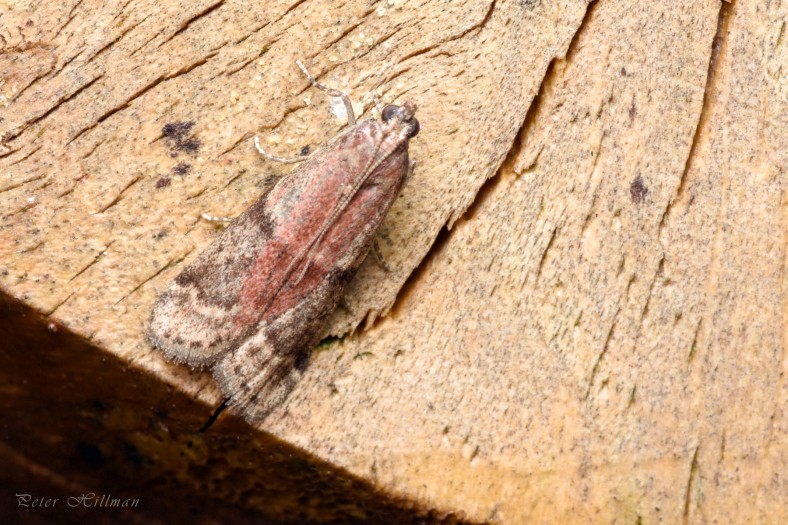
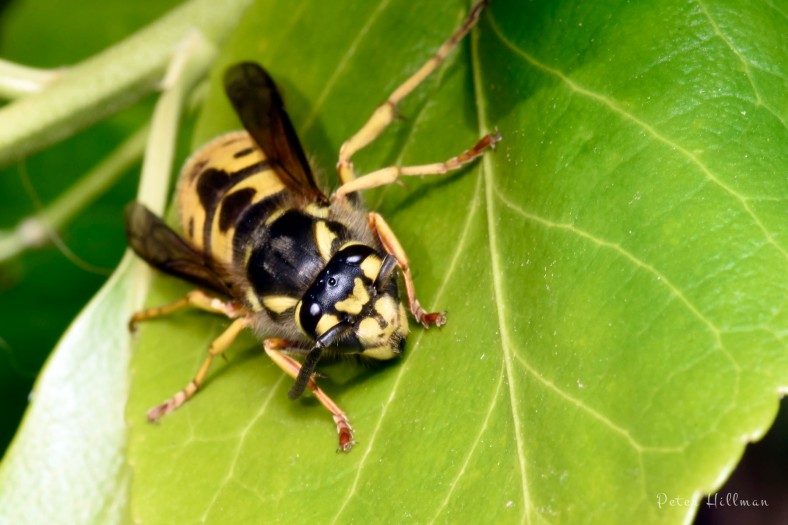
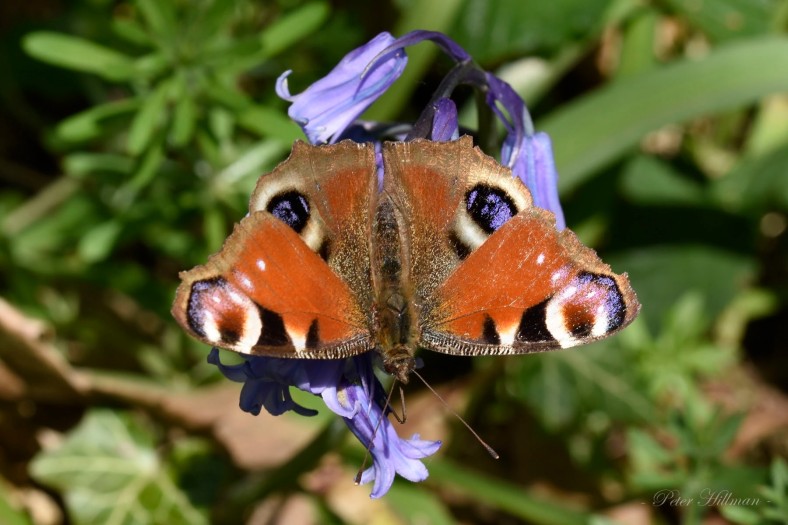
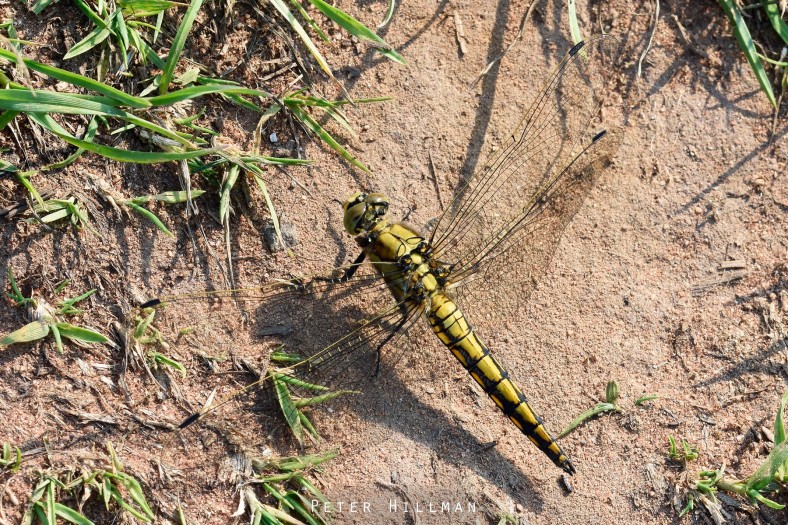
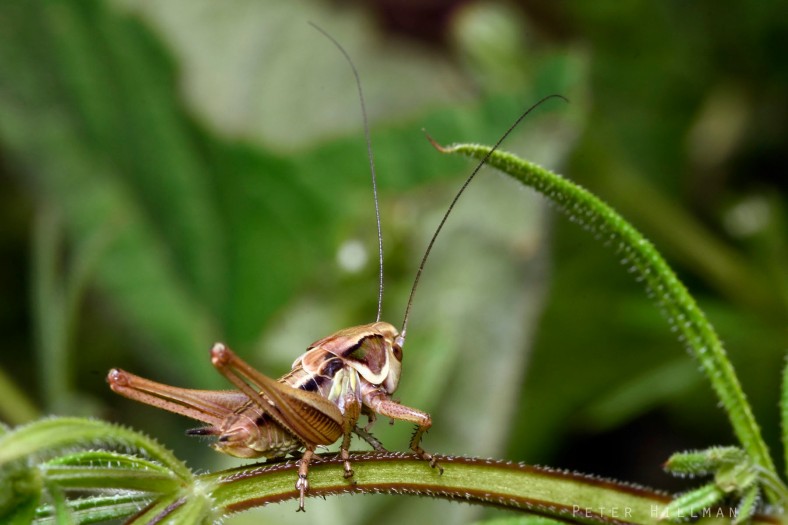
For those that may be interested you can visit my Insects page ‘here’.
Last night I spotted the moon low on the horizon and noticed how large and red it was. I missed the full moon of August a few days ago, and according to the Old Farmer’s Almanac, it is sometimes known as the Sturgeon Moon, the name likely given by both colonists and Algonquian-speaking people in northeastern North America, as sturgeon are native to both Europe and the Americas.

Greenfinch (Chloris chloris) – I caught this one intially taking a few sips of water from my birdbath. I was looking through my patio window, and thought to myself I bet I won’t have time to swap over lenses, will I? I had my macro lens on, and I half expected the bird to fly, but it didn’t. So I swapped over the lenses and took a few shots through the glass. My lens is only 300 mm max, so I needed to get closer, which meant opening the patio door. The bird is surely to fly now! I was slow and quiet, and the bird was still there, perched on the edge of the birdbath, apparently taking a nap? I managed to get within a few feet of it before it finally realised I was there and flew to the back fence.

